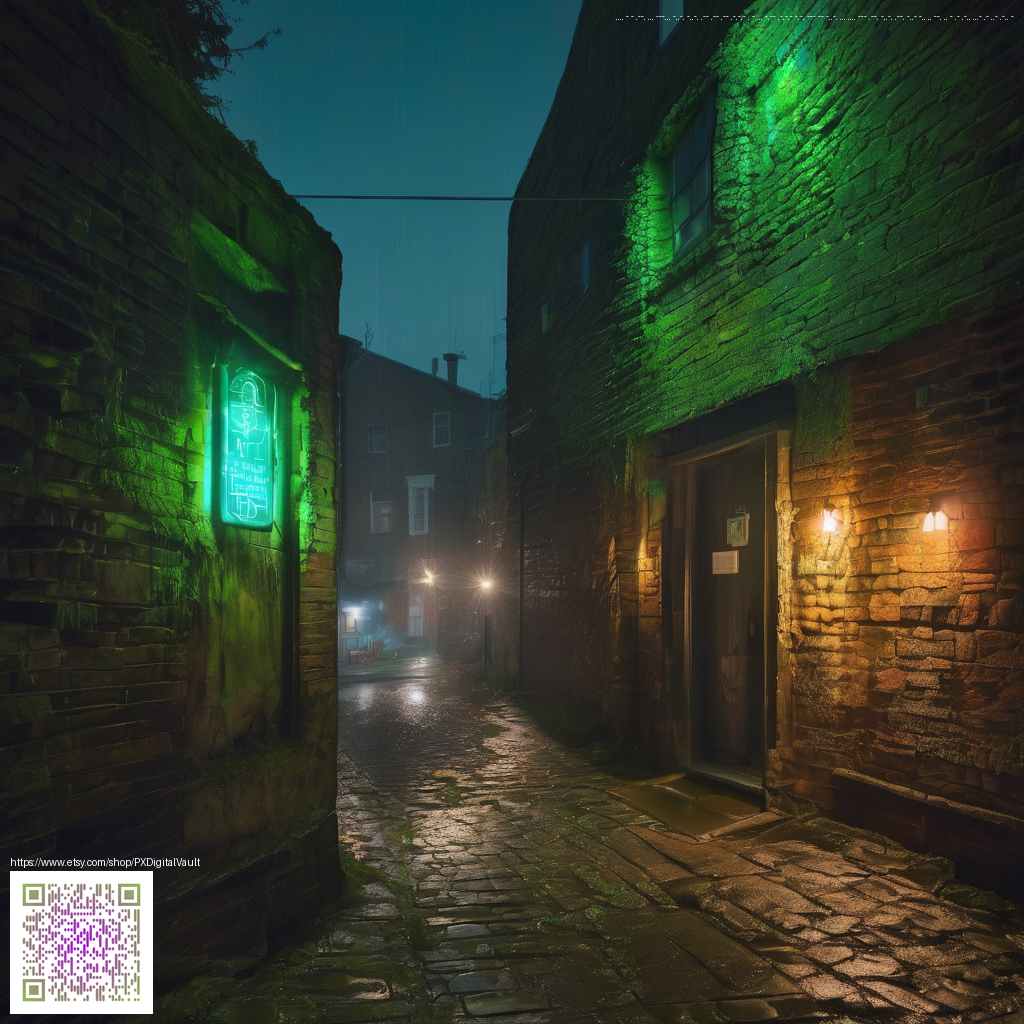
Rome Remastered Performance Setup
Stepping into the grand campaigns of ancient warfare requires more than clever tactics. A stable frame rate and quick loading times can turn a tense siege into a smooth strategic ballet. This guide dives into practical steps to extract peak performance from your PC while keeping the scale and spectacle intact.
We balance hardware fundamentals with in game tweaks, community driven modding insights, and the latest developer commentary to give you a clear path from boot up to the first decisive battle. Expect tips that work across systems, plus notes on what to expect from ongoing updates as the game evolves.
Core hardware benchmarks and recommended configurations
- CPU: a modern multi core processor with six cores or more helps the campaign map keep pace during long turns
- RAM: 12 to 16 GB provides headroom for large battles and sprawling provinces
- GPU: a contemporary midrange option handles 1080p smoothly; 1440p can be comfortable with a balanced mix of settings
- Storage: an SSD reduces loading times between battles and when traversing the campaign map
- Software environment: keep Windows up to date and install the latest drivers for your GPU to unlock stability and small performance gains
In game graphics and system level tweaks
Begin with the native resolution and consider a modest render scale if you want extra frames without sacrificing visible detail. Lowering shadow quality and texture detail can yield meaningful gains in crowded battlefield moments, where units crowd the frame and draw calls spike.
Enable multicore rendering if the option exists, and cap your frame rate to match your monitor to minimize tearing and input lag during critical maneuvers. Turning off vsync can improve responsiveness in hot battles, though you may notice occasional tearing on rapid turns. If the engine supports upscaling options or fidelity based rendering, testing these can deliver a pleasing trade off between image clarity and performance.
Modding culture and performance focus
Community modding for this title has flourished, with projects that address texture streaming, UI clutter, and sometimes even AI timing to reduce unnecessary strain on the engine. When exploring mods, choose ones that emphasize performance without altering core gameplay balance. Always verify compatibility with your current patch level and back up your saves before applying any modification. The best mods are well documented, easy to toggle, and have clear guidance from their authors about how they interact with official updates.
Developer insights and update coverage
Official notes from the developers emphasize ongoing improvements to stability, asset streaming, and overall polish. Over time, patches tend to refine loading behavior, optimize memory usage, and address crashes that can derail a long campaign. While patch cadence varies, the overarching aim remains to deliver a smoother siege, a faster campaign turn, and a more immersive historical experience for players across a spectrum of hardware.
Future proofing your setup
Protect your progress by keeping regular backups of saves and choosing a mod strategy that minimizes risk. For major updates, consider testing one change at a time in a clean install to isolate any performance shifts. Stay attuned to driver releases and community posts that highlight practical settings for your exact GPU and CPU combo. The goal is predictable performance that lets you focus on strategy, not hardware quirks 💠
Support Decentralized Internet